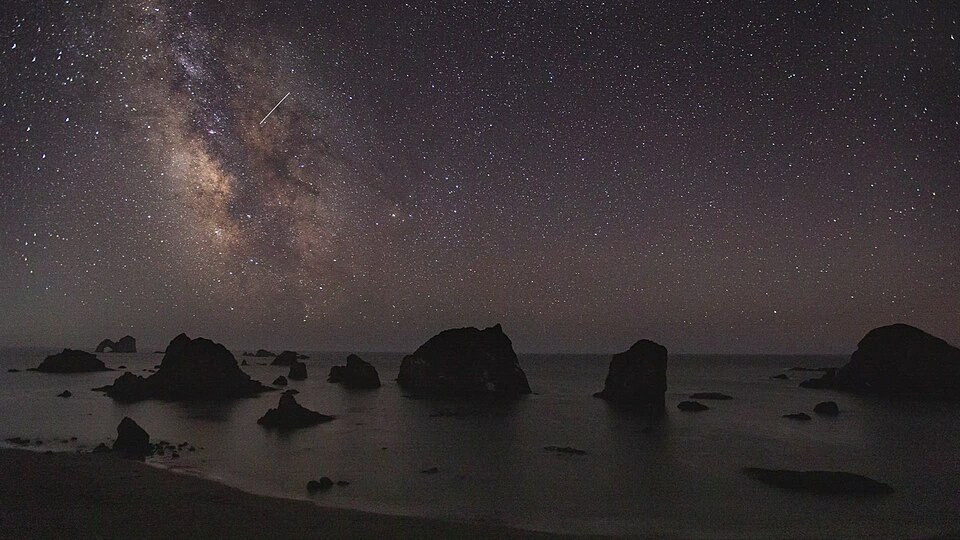Peak of Perseids Meteor Shower Approaches Amid Moonlight Challenges

The Perseids meteor shower, renowned for its spectacular display of shooting stars, will peak this year on the nights of August 12 and 13, 2025. However, stargazers may face significant challenges due to a bright moon that threatens to overshadow the celestial event. The shower is expected to produce up to 100 meteors per hour under optimal conditions, but the near-full Sturgeon Moon, occurring just days before the peak, will illuminate the night sky and obscure many of the meteors visible to the naked eye.
The Perseids are one of the most anticipated meteor showers of the year, with activity typically spiking from July 17 to August 23. According to Dr. Emily Hunter, an astronomer at the University of California, Berkeley, "The Perseids are unique because they produce bright meteors due to their high velocity, traveling at approximately 37 miles per second. However, the moon's brightness will significantly reduce visibility for many observers this year."
Historically, the Perseids are associated with Comet 109P/Swift-Tuttle, which leaves behind tiny particles that burn up upon entering Earth's atmosphere. As these particles collide with the atmosphere, they vaporize, creating the streaks of light that we see as shooting stars. Although the meteor shower will be less impressive due to lunar interference, there are still opportunities for viewing, particularly in the days leading up to and following the peak.
The best times for viewing the Perseids this year will likely be between July 18 and 28, when the moon will be less intrusive, particularly after the new moon on July 24. During this dark sky period, observers can expect to see some meteors, although the rates will be lower compared to the peak nights.
Light pollution is another factor that can diminish the viewing experience. It is advisable for stargazers to seek dark sky locations away from urban centers. Dr. Samuel Torres, an environmental scientist at the National Oceanic and Atmospheric Administration (NOAA), emphasizes the importance of finding dark areas: "Even if the moon is less bright, light pollution from cities can significantly affect visibility. Observers should utilize light pollution maps to identify suitable viewing locations."
Despite the challenges posed by the moon, the Perseids remain a key event in the astronomical calendar. As noted by Jamie Carter, a science journalist and author, "Even with the moon's interference, dedicated stargazers may still catch glimpses of the brighter meteors. The experience of watching these celestial events can be rewarding, offering a connection to the vastness of the universe."
In conclusion, while the 2025 Perseids meteor shower may not be as spectacular as in years past due to lunar brightness, avid astronomers and casual observers alike are encouraged to prepare for viewing opportunities in the lead-up to and after the peak dates. The event serves as a reminder of the fascinating dynamics of our solar system and the interplay between different celestial phenomena. For those looking to enjoy the Perseids, patience and preparation will be key to maximizing the viewing experience.
Advertisement
Tags
Advertisement





